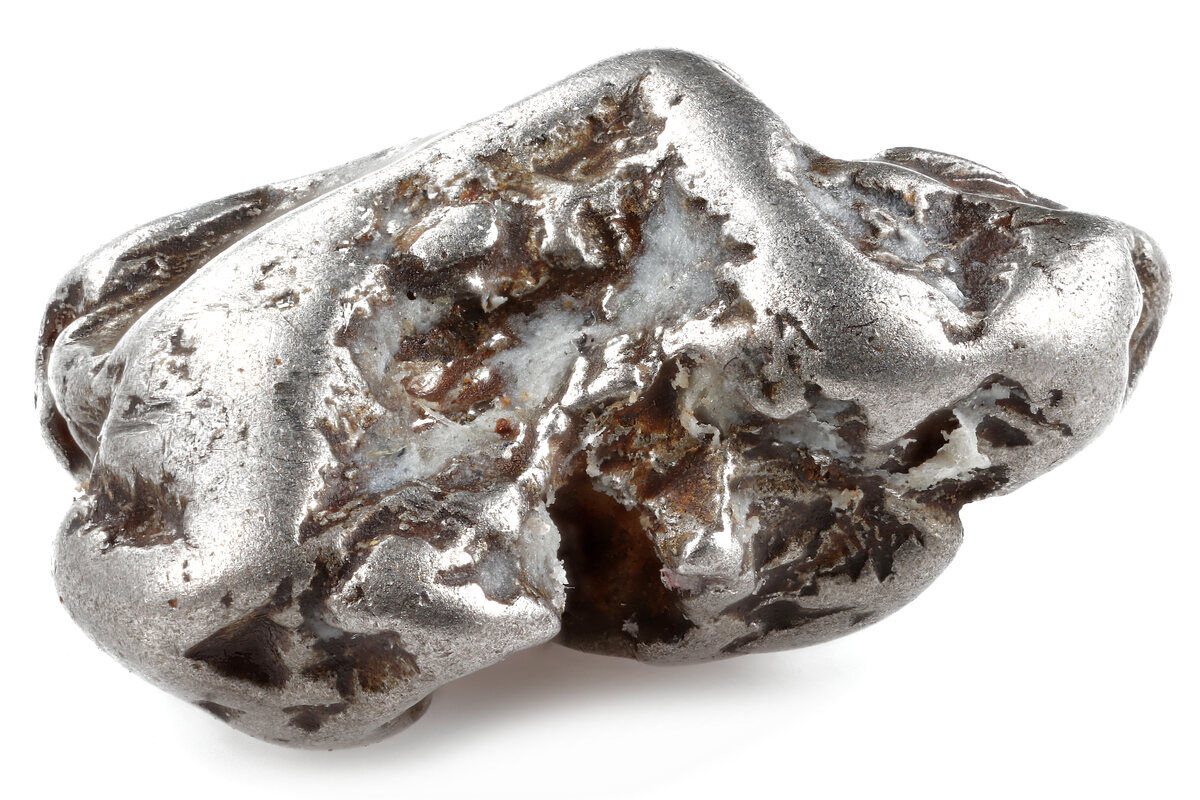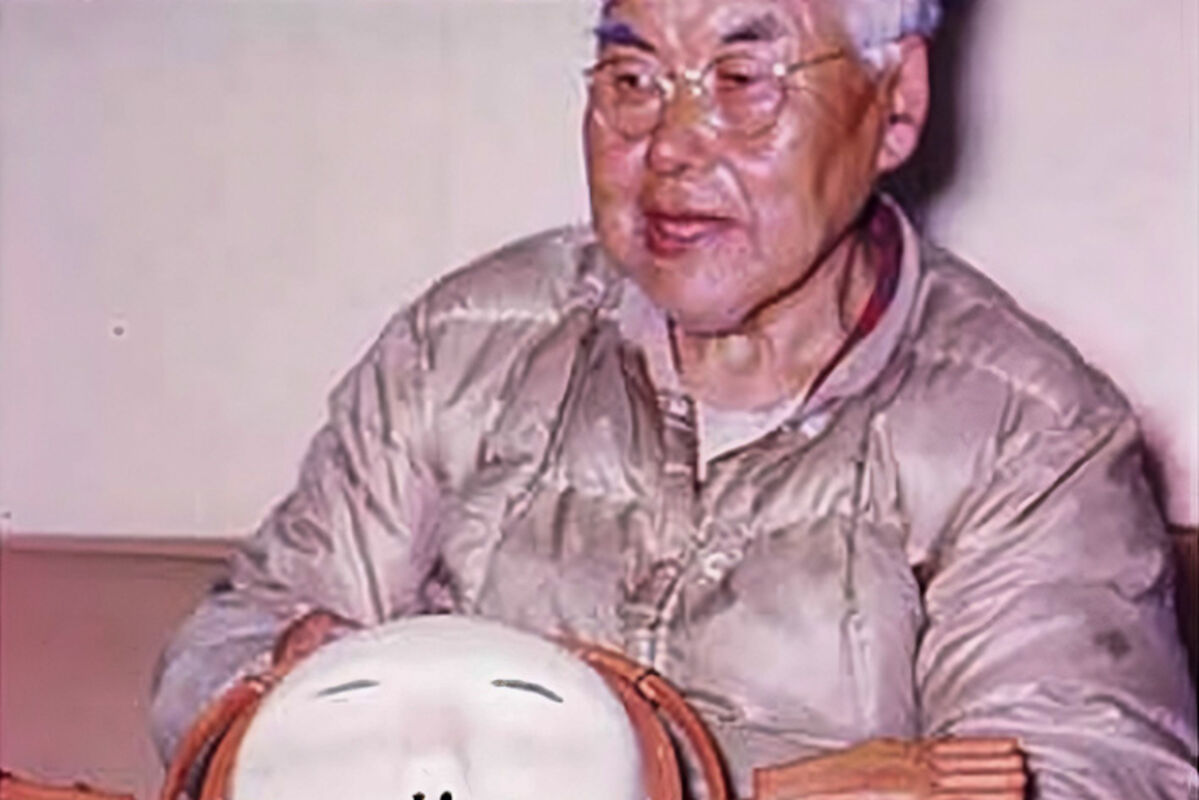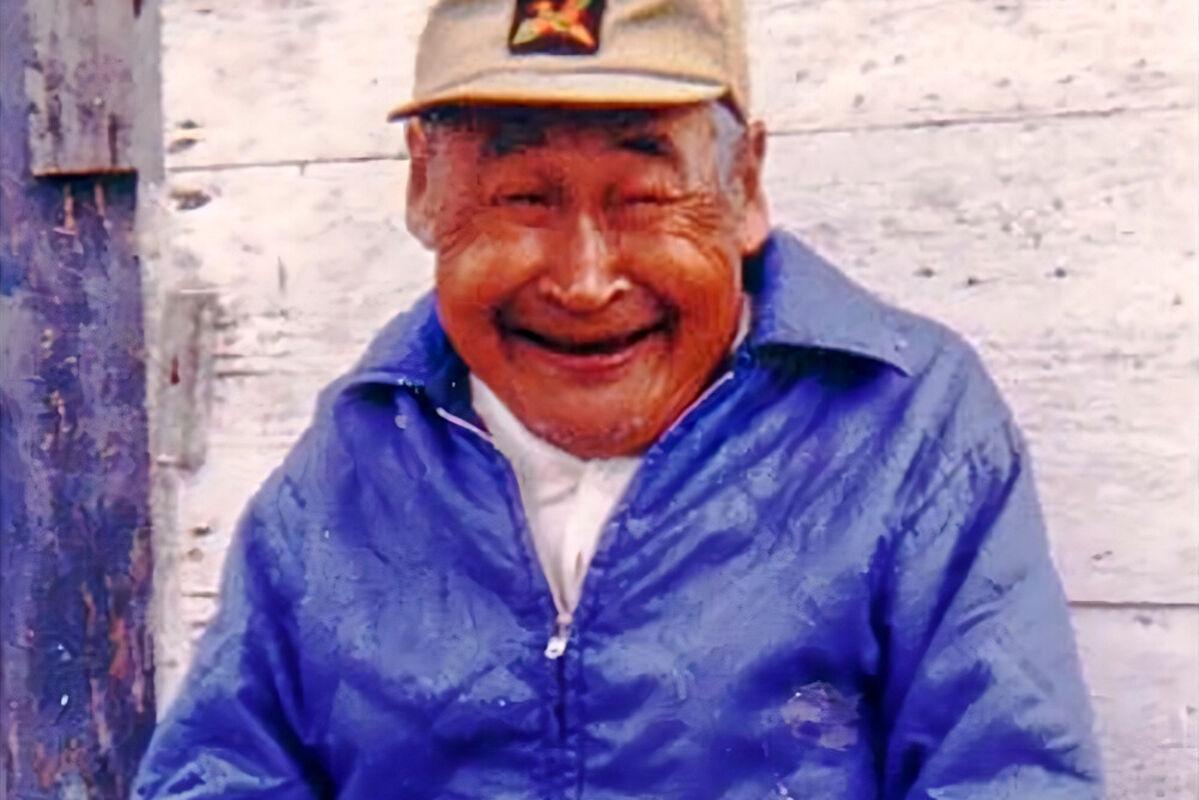Alaska platinum pioneers Smith & Wuya
North of 60 Mining News - April 5, 2024
Last updated 4/12/2024 at 1:01pm
Discovering Alaska's hidden wealth, the journey of Indigenous explorers in the land of platinum, Goodnews Bay Mining District.
In the heart of Alaska's wilderness, two Alaska Native men stamped their names in state history with the discovery of the largest platinum deposit ever found in the Last Frontier. Both born into Yup'ik heritage, the journey of Walter Smith and Henry Wuya begins with early prospecting as little more than teenagers, to the landmark 1926 discovery on the Salmon River. Departing from tradition, this is a story of how the charm of prospecting is a fire to be lit in those unique individuals with a penchant for adventure.
Born in a coastal village of the Yukon-Kuskokwim Delta region on June 30, 1887, Walter Smith began his prospecting career when he was just 14 years old.
Under the influence of the early day prospectors like Gordon Bettles – who prospected the Russian and Kilbuck Mountains east of Bethel at the turn of the 20th century – Smith would spend nearly 15 years trudging around those areas as well as in the isolated mountains to the south of Bethel in the Wattamuse and Goodnews River areas before mentoring a younger but equally enthusiastic Yup'ik prospector.
Born January 15, 1904, in the village of Eek on the Yukon-Kuskokwim Delta, Henry Wuya shared a similar interest at a young age as the grizzled prospectors of yore.
Likewise spending his youth traveling throughout the Kuskokwim and Kilbuck Mountains of Southwest Alaska, something that separated Wuya from most others was his proficiency in English.
At a time when very few Yup'ik people spoke English, Wuya was quickly sought out by early explorers and prospectors, including Smith, to guide them into the unknown.
With the additional summers of experience under Smith's belt, and a gift of language through Wuya, the summer of 1926 would be the year they cemented their names from being remembered by Alaska for all time.
Geological importance
In the early summer of 1926, Walter Smith and Henry Wuya embarked on their trip up the south-flowing Salmon River, which empties into Norton Sound north of Chagvan Bay. Securing both of their places in Alaska mining history as co-discoverers of what is still considered Alaska's largest commercial platinum deposit, this region would unearth not only unique metals but reveal a geological structure found only in very specific locations in the world.
Near the head of Salmon River are several second-order streams that drain down the south slopes of a distinct promontory known as Red Mountain.
Red Mountain is largely composed of a rock called dunite – named after Dun Mountain in New Zealand and derived from the dun color produced by weathering of the altered grains of olivine.
Vegetation rarely grows in areas underlain by dunite, and most of Red Mountain exhibits the classic dun color seen on dunite massifs (mountain peaks) all over the world. Dunite is also a common bedrock source terrane for such elements as nickel, cobalt, chromium, and platinum group elements.
When territorial mine inspector and geologist Irving Reed investigated Red Mountain during its small rush period to inspect the small placer platinum mines in operation, he published the following observation:
"(V)arious types of ultrabasic rocks have a rough zonal arrangement around Red Mountain, in which a gradational contact occurs between diorite, gabbro and darker, more ultrabasic rocks ... The theory is advanced that this arrangement is zonal, that, originally the less basic rocks lay next to the contact with sedimentary rocks and the more basic rocks lie towards the interior of the intrusion due to magmatic differentiation."
Later geologists would note this to be a remarkably accurate description that predated modern petrologic classification of the Goodnews Bay complex as a Ural-Alaska-zoned intrusion roughly 50 years later.
Derived from the type of localities first studied in Southeast Alaska and the Ural Mountains of Russia, it was found that platinum deposits associated with this intrusion type – which have now been identified on all seven continents – have been the world's largest hard rock source of placer platinum for almost two centuries.
Despite the significance to geology this region would hold in the grander picture; it was the efforts of Smith and Wuya that ultimately exposed this region for its qualities.
What is this?
While Wuya systematically prospected areas to the south and east of Red Mountain, Smith methodically panned several gulches right on the southern slopes, concentrating on a 1.5-mile-long tributary that he named Fox Gulch.
What Smith found there initially mystified him, for the bottom of his gold pan contained abundant grains of what he first described as "white gold." But it wasn't shiny like gold; instead, he initially believed that the abundant angular grains must be silver. However, Smith knew that silver was lighter than gold, and the grains in Fox Gulch were nearly as heavy as the golden precious metal.
Determining that the grains were magnetic only added to the puzzlement since he was not aware of any precious metal that was magnetic. While he was disappointed that he did not find an economically viable gold placer, his prospectors' curiosity was piqued, so he sought additional advice and consultation from Wuya.
Returning with his colleague, they once again confirmed that the gray metal grains originally examined by Walter were malleable like a native precious metal. Additionally, Wuya confirmed that the gray metal was about as heavy or heavier than gold, meaning it could not be silver.
Upon their revisit to Fox Gulch, Smith and Wuya were accompanied by another experienced prospector, Charles Thorson, an old miner familiar with small beads of platinum found in the Arolik River basin north of Red Mountain. What should have been a quick confirmation left him uncertain as well.
Although Thorson suspected the nuggets were placer platinum, he had never seen rough and dendrite (tree or moss-like formations) forms observed in platinum like the specimens provided by Smith and Wuya.
By his recollection, the placer platinum found at Arolik was worn down by water abrasion as it traveled away from the lode source; hence, the grains were quite rounded. In contrast, the nuggets in Fox Gulch were practically lying on the bedrock that the platinum eroded out of and appeared as rough and angular grains and nuggets that contained inclusions of country rock (rocks native to an area).
Deciding to ask for yet another opinion, the three traveled to the coast to show the small nuggets to a prospector-trader-miner by the name of Joe Jean. Living in the nearby Yup'ik village of Mumtrak, later named Goodnews Bay, Jean was a French Canadian who entered the North Country during the Nome Gold Rush of 1898.
Spending his career placer mining on the Wattamuse Creek northeast of Goodnews Bay, as well as other placer locations in the general Salmon River basin area, he was a well-respected trader who Indigenous prospectors like Smith and Wuya felt was trustworthy, a scarce trait in those days.
Like Thorson, Jean also suspected that the gray metal might be platinum but could not be certain unless it was tested by a qualified assayer.
At both Jean and Thorson's urging, Smith and Wuya mailed samples to Paul Hopkins of the U.S. Bureau of Mines, stationed at the Alaska Agricultural College and School of Mines in Fairbanks.
While the discovery did occur in 1926, it would be another year before Hopkins would contact Smith and Wuya with the news that they had found a good grade of platinum at Fox Gulch. At the time, platinum was selling on world markets for about $115 per ounce, much higher than the $20/oz gold was fetching at that time.
Despite this discovery, there was no immediate stampede into the region.
Goodnews Bay Mining District
In 1928, another prospector would discover platinum on Squirrel Creek, while Thorson would make his own discovery on Clara Creek.
By 1929, eight to ten prospectors made additional economically viable placer platinum discoveries on Clara, Dry, Platinum, and Squirrel Creeks.
Between 1927 and 1933, production from these Goodnews Bay placers yielded roughly 3,000 ounces of platinum, all from shallow, hand-dug operations mined without mechanization.
Historical reports suggest that the early hand-mined ground yielded up to 0.085 oz/platinum per cubic yard, which was a good grade considering that platinum in the late 1920s was worth four to five times as much as gold.
However, during the early years of the depression, platinum prices plummeted to about $35/oz.
In 1933, two newcomers to the scene, Walter Culver and Andrew Olson, entered the district and began acquiring claims from smaller-scale operators (who, by that time, were very eager to sell) and staked additional claims of their own.
Culver, Olsen, and others would then form the Goodnews Bay Mining Company and introduce modern, systematic, mechanized placer mining methods into what would become a nationally significant source of platinum in the newly recognized Goodnews Bay Mining District.
Despite this growing industrialization, Smith would continue to prospect for platinum in the general area. His persistence was rewarded when purchase of his discovery claims on Fox Gulch would be made by Olsen in 1934.
The compensation that he received allowed Smith and his family to move and spend time in other areas of Southwest Alaska.
Yet the spark that drove him as a young man never dimmed and he resumed the search for new mineral deposits, albeit at a reduced level, until age prevented his living the demanding lifestyle required of a prospector.
Walter Smith would pass away in Goodnews, Alaska, on Oct. 15, 1972, at the ripe age of 85.
As for Wuya, he continued to live in the general area as well; his skill in the English language continued to be invaluable to traders, store owners, geologists, and scientists who needed bilingual expertise in an area where most people only spoke their native tongue until shortly before Statehood.
A distinct promontory at the head of Platinum Creek was named Whuya Mountain by the early miners. Although it is identified on photographs and maps issued by the Alaska Territorial Department of Mines, Whuya Mountain does not appear on U.S. Geological Survey topographic maps that were later issued.
Whatever the mountain may be called now, Wuya has left his legacy in Alaska regardless. He would later leave this world in his birthplace of Eek on April 22, 1982, at the age of 78.
As for the platinum, historical records suggest that roughly 545,000 oz of platinum were mined out of the area operated by Goodnews Mining Company. Later, it was sold to Hanson Industries, which had an estimated reserves of over 500,000 oz. The mine ceased operations in 1990.






















Reader Comments(0)